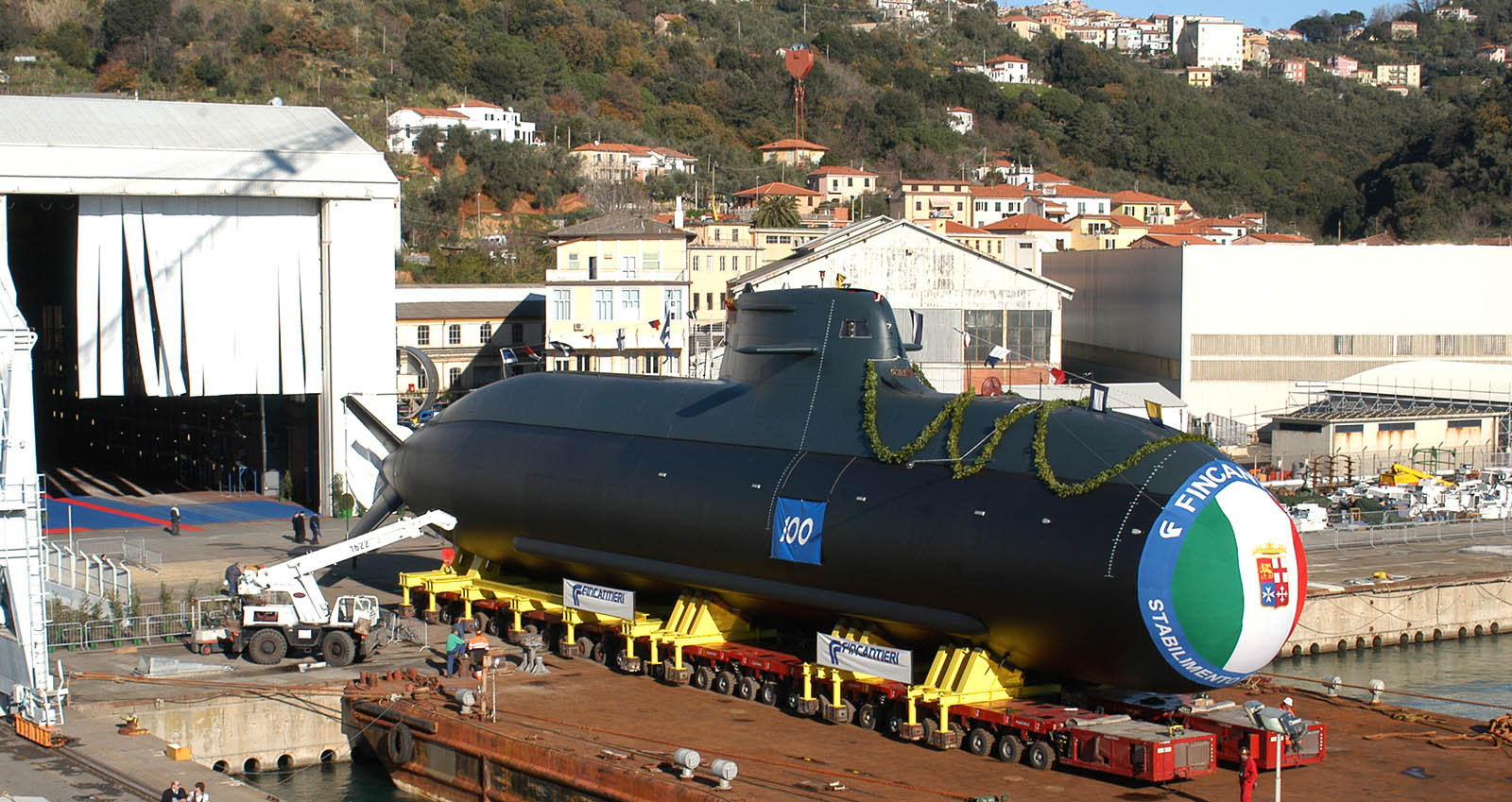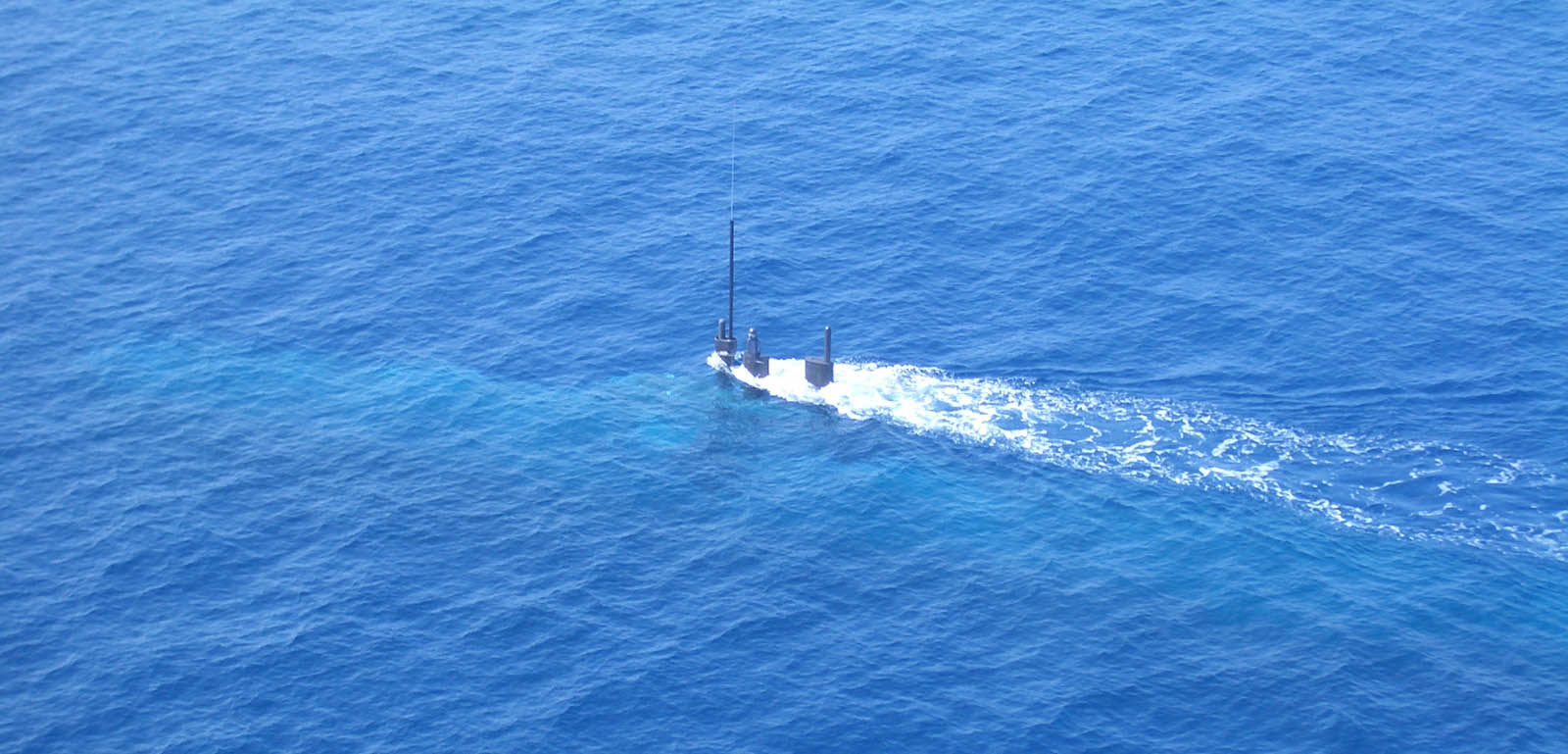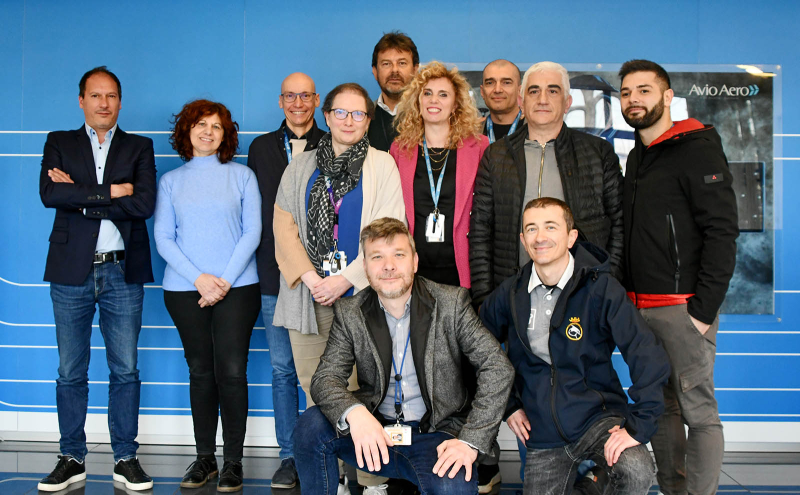Invent
Like Avionics... but for Submarines
Control and steering systems for next-generation submarines’ route and diving conditions are made to provide reliability and safe performance.
Apr 2023
"Submarines are among the most advanced means conceived and manufactured by humankind." It is also with these words that, in February 2021, Admiral Giuseppe Cavo Dragone, Chief of the Italian Navy, commented on signing the contract for the construction of the next-generation submarines part of the U212 NFS (Near Future Submarine) program of Fincantieri.
The Italian company, a world leader in shipbuilding as well as a longtime partner of the Italian Navy, has collaborated with Avio Aero over the past decades not only regarding the propulsion and automation of medium and large military surface vessels through large aero-derivative engines as well as for steering (or autopilot) systems for underwater and naval platforms.
Over the years, Avio Aero has also manufactured electronic steering and control systems for U212A submarines and the "Sauro" class currently in service. The latter will be gradually replaced by NFS submarines: two have been ordered - and are due for delivery by 2027 and 2029, respectively - with two more units optioned.
"The NFS submarine represents the improvement of the U212A design, achieved through the integration of updated state-of-the-art systems with superior performance, to extend operational capabilities," explains Marco Rizzuti - Head of Submarines Design Department at Fincantieri.
Nowadays, submarines are of crucial strategic importance to nations: in addition to their traditional use for underwater defense and control, they are used to protect freedom of navigation and for anti-piracy as well as to fight terrorism, protect territorial waters, secure` energy distribution facilities on the seabed, and safeguard maritime infrastructure as well as marine wildlife.
"The key features of the new U212 NFS are the presence of a 'fully integrated' command and control system, a new 'Electronic Warfare' system, a new platform automation system with a complete overhaul of the HMI (i.e., human-machine interface, ed.) and electric lifts for the above-ground 'sensor suite' (periscopes and antennas)," Rizzuti adds.
To equip these sophisticated underwater vessels with an integrated system that ensures maximum reliability as well as precise and safe route and depth steering, Fincantieri had no doubts about repeating its collaboration with Avio Aero. This is because of the expertise and reliability demonstrated in an area of technology seemingly far removed from aviation. Actually, it has very similar technological aspects and issues (and not only due to its etymology).
The system is one of the “pillars of submarines” and must be modern and fail-safe, explains Rizzuti. "Fincantieri aims to develop integrated underwater systems that include submarines and 'unmanned' systems. In this case, these systems’ position control and single and joint maneuverability systems are the technical problems to be solved. Just as you have the 'avionics systems’ in the aviation field, 'underwater control systems’ are identified in the underwater field. To do this, Fincantieri needs companies with experience and the ability to innovate."
The product that Avio Aero has designed for the U212 NFS is called Steering Diving Control System (SDCS). It consists of hardware and software. The former is a console with a series of computers inside and featuring three panels arranged vertically and equipped with screens, joysticks to control the submarine's maneuvers, as well as an impressive number of buttons and indicator lights for reporting anomalies and displaying the states of the controlled machinery.
"This system allows the management - in manual and automatic as well as in emergency mode - of the submarine's route, depth, and asset. It is also in charge of its safety by centralizing control and steering," says Carlo Ameli, Program Manager Naval Automation at Avio Aero. "It is a system optimized to be driven by the helmsman and boasts many functions and operations to ensure quick and precise control. We also plan to provide a shore simulator for the training of the crew, which is a platform that simulates submarine behavior."
Work at the Rivalta di Torino headquarters has already begun. The Factory Acceptance Test (FAT) of the trainer hardware will be performed in autumn 2023. The delivery of the SDCS hardware of the first submarine is planned instead for the second half of 2024, with that for the second envisaged for the following year. This involved the relentless commitment of Avio Aero's engineering, which worked intensively on developing mathematical models and control algorithms adopting the latest microelectronics.
"The software part of our SDCS provides high-level performance and safety for submarine sea operations," explains Marco Maria Manzo, SDCS Integrated Product Technical Leader. In addition, we designed a 'look & feel' system for the trainer (located at the Italian Navy's application school in Taranto) that is the same as what will be found aboard the new submarine, with a simulated hydrodynamic behavior that makes it very realistic."
According to Manzo and the team of engineers in the company dedicated to electronic and digital products for surface ships and submarines, the development of such systems is symmetrical to those made for aircraft, which are called avionics products. “From their concept and environmental qualification to quality and process control - everything is aligned and executed with the same dedication we put into making products with excellent performance."
Therefore, the same combination of innovation and reliability is found in Avio Aero's marine products, which is, for example, distinctive of digital systems that govern aircraft engines. This is recognized by industry leaders such as Fincantieri. "We must become the promoters of technological change rather than reacting to adapt to changes that have already taken place. But, at the same time, it is necessary to ensure the reliability of technology choices to preserve the safety of those operating underwater," Rizzuti says.
The first sea trials for the first new-generation submarine are scheduled for late 2027 and will be preceded by the dockside installation and validation phases, and those for the second will take place a year later. Meanwhile, Avio Aero will prepare the trainer for use by the summer of 2025 and join the first aboard operations as early as the following year.
"The underwater sector is growing and diversifying," Rizzuti concludes. "Operators are demanding better performance, both in the number and type of sensors, and projection over long distances, as well as compact vehicles for patrol needs in confined areas or shallow water. These are the common needs of several nations with similar coastal morphology. Therefore, we believe we can explore the intermediate market niches that ensure these needs and involve large 'unmanned' underwater craft up to medium-sized submarines."
Submarines images are courtesy of Fincantieri.







